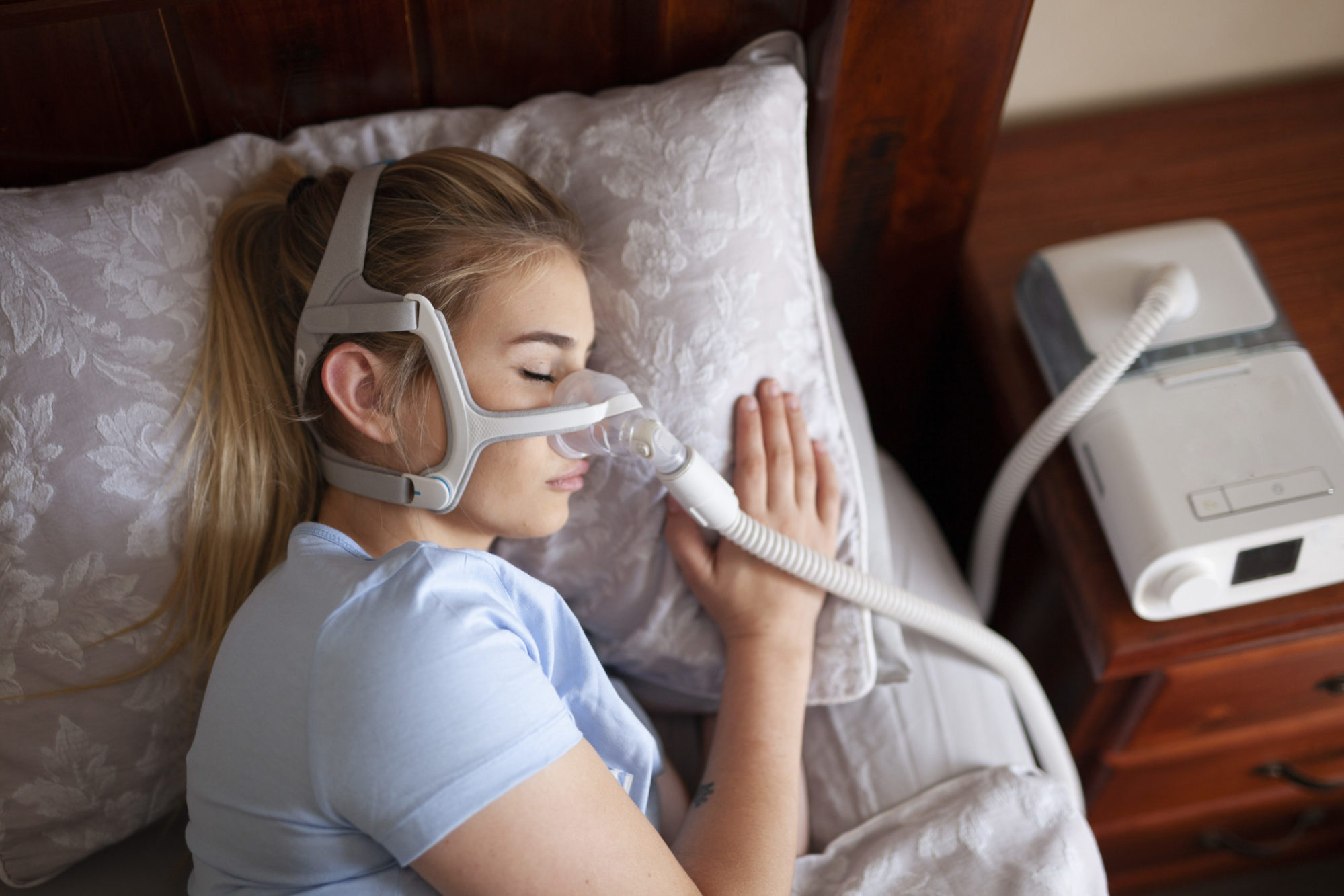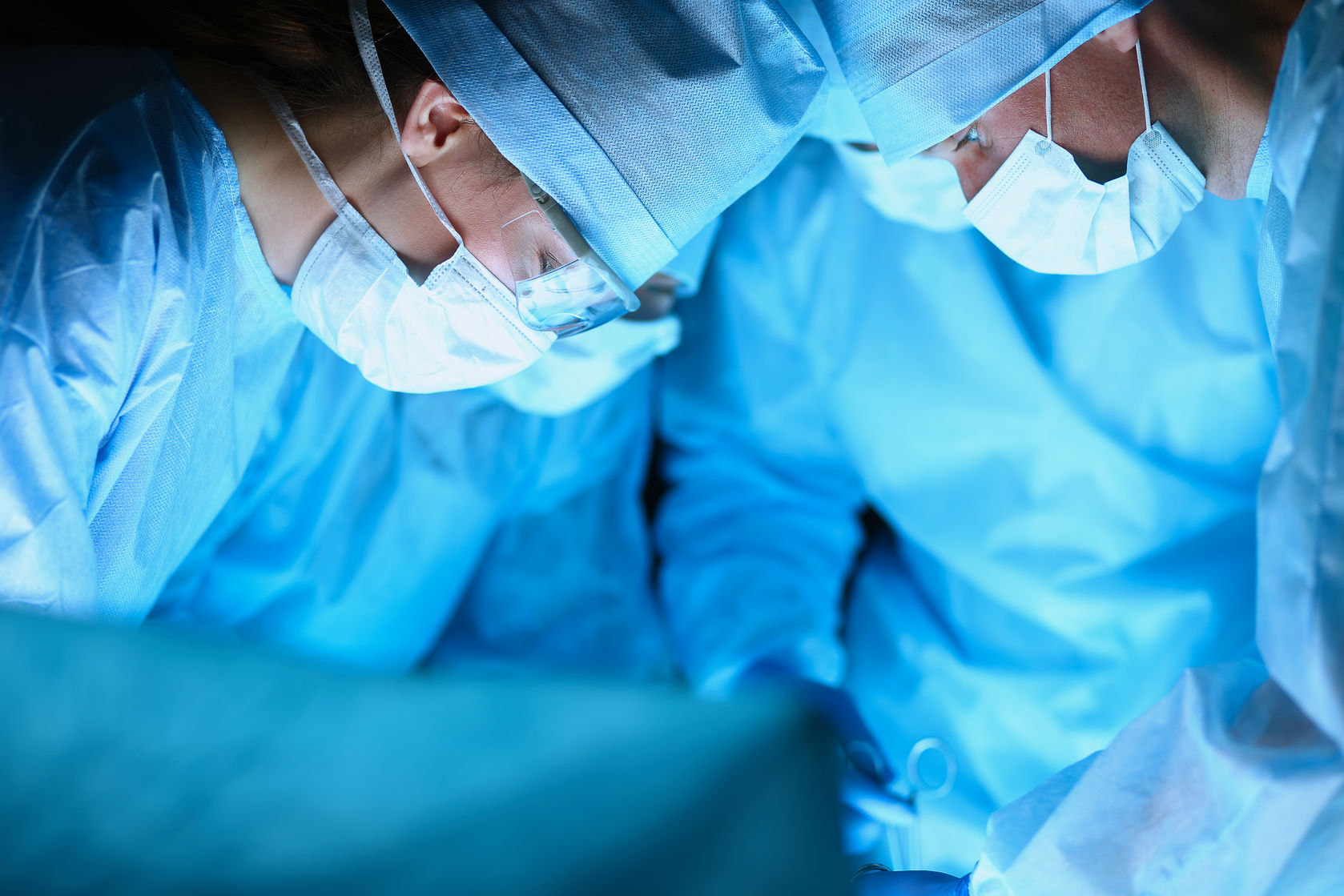Understanding Sleep Apnea – Part 2
Welcome back to our two-part article on Sleep Apnea. In our previous post, we talked about the causes and symptoms of the condition, and in this post, we’ll be diving into the various ways of managing and treating the condition.
What are the Treatments for Sleep Apnea?
Conservative treatments
In mild cases of obstructive sleep apnea, conservative therapy may be all that is needed.
Overweight persons can benefit from losing weight. Even a 10% weight loss can reduce the number of apneic events for most patients. However, losing weight can be difficult to do with untreated obstructive sleep apnea due to increased appetite and metabolism changes that can happen with obstructive sleep apnea.
Individuals with obstructive sleep apnea should avoid the use of alcohol and certain sleeping pills, which make the airway more likely to collapse during sleep and prolong the apneic periods.
In some patients with mild obstructive sleep apnea, breathing pauses occur only when they sleep on their backs. In such cases, using a wedge pillow or other devices that help them sleep in a side position may help.
People with sinus problems or nasal congestion should use nasal sprays or breathing strips to reduce snoring and improve airflow for more comfortable nighttime breathing. Avoiding sleep deprivation is important for all patients with sleep disorders.

Mechanical therapy
Positive Airway Pressure (PAP) therapy is the preferred initial treatment for most people with obstructive sleep apnea. With PAP therapy, patients wear a mask over their noses and/or mouth. An air blower gently forces air through the nose and/or mouth. The air pressure is adjusted so that it is just enough to prevent the upper airway tissues from collapsing during sleep. PAP therapy prevents airway closure while in use, but apnea episodes return when PAP is stopped or if it is used improperly. There are several styles, and types of positive airway pressure devices depending on the specific needs of patients. These include:
-
CPAP (Continuous Positive Airway Pressure) is the most widely used PAP device. The machine is set at one single pressure.
-
Bi-Level PAP uses one pressure during inhalation (breathing in), and a lower pressure during exhalation (breathing out). There is a criterion that must be met before the health insurance will cover the bi-level. This usually means that the CPAP machine must be tried first with no success and these results are documented before insurance will pay for a bi-level.
-
Auto CPAP or Auto Bi-Level PAP uses a range of pressures that self-regulate during use depending on pressure requirements detected by the machine.
-
Adaptive Servo-Ventilation (ASV) is a type of non-invasive ventilation that is used for patients with central sleep apnea, which acts to keep the airway open and delivers a mandatory breath when needed.
-
Mandibular advancement devices are used for patients with mild to moderate obstructive sleep apnea. Dental appliances or oral mandibular advancement devices that help to prevent the tongue from blocking the throat and/or advance the lower jaw forward can be made. These devices help keep the airway open during sleep. A sleep specialist and dentist (with expertise in oral appliances for this purpose) should jointly determine if this treatment is best for you.
-
Hypoglossal nerve stimulators are implanted under the skin on the right side of the chest with electrodes tunnelled under the skin to the hypoglossal nerve in the neck and to intercostal muscles (between two ribs) in the chest. The device is turned on at bedtime with remote control. With each breath, the hypoglossal nerve is stimulated, the tongue moves forward out of the airway and the airway is opened.

Surgery
Surgical procedures may help people with obstructive sleep apnea and others who snore but don’t have sleep apnea. Among the many types of surgeries done are outpatient procedures. Surgery is for people who have excessive or malformed tissue obstructing airflow through the nose or throat, such as a deviated nasal septum, markedly enlarged tonsils or small lower jaw with an overbite that causes the throat to be abnormally narrow. These procedures are typically performed after sleep apnea has failed to respond to conservative measures and a trial of CPAP. Types of surgery include:
Somnoplasty is a minimally invasive procedure that uses radiofrequency energy to reduce the soft tissue in the upper airway.
Tonsillectomy is a procedure that removes the tonsillar tissue in the back of the throat which is a common cause of obstruction in children with sleep apnea.
Uvulopalatopharyngoplasty (UPPP) is a procedure that removes soft tissue on the back of the throat and palate, increasing the width of the airway at the throat opening.
Mandibular/maxillary advancement surgery is a surgical correction of certain facial abnormalities or throat obstructions that contribute to obstructive sleep apnea. This is an invasive procedure that is reserved for patients with severe obstructive sleep apnea with head-face abnormalities.
Nasal surgery includes the correction of nasal obstructions, such as a deviated septum.
What are the effects of sleep apnea?
If left untreated, sleep apnea can result in a number of health problems including hypertension, stroke, arrhythmias, cardiomyopathy (enlargement of the muscle tissue of the heart), heart failure, diabetes, obesity and heart attacks.
It’s likely that sleep apnea can cause arrhythmias and heart failure because if you have sleep apnea, you tend to have higher blood pressure. In fact, sleep apnea occurs in about 50% of people with heart failure or atrial fibrillation.
This concludes our coverage of sleep apnea for the time being. We hope the information presented has been helpful in understanding the condition. Feel free to leave your comments and experiences below.



